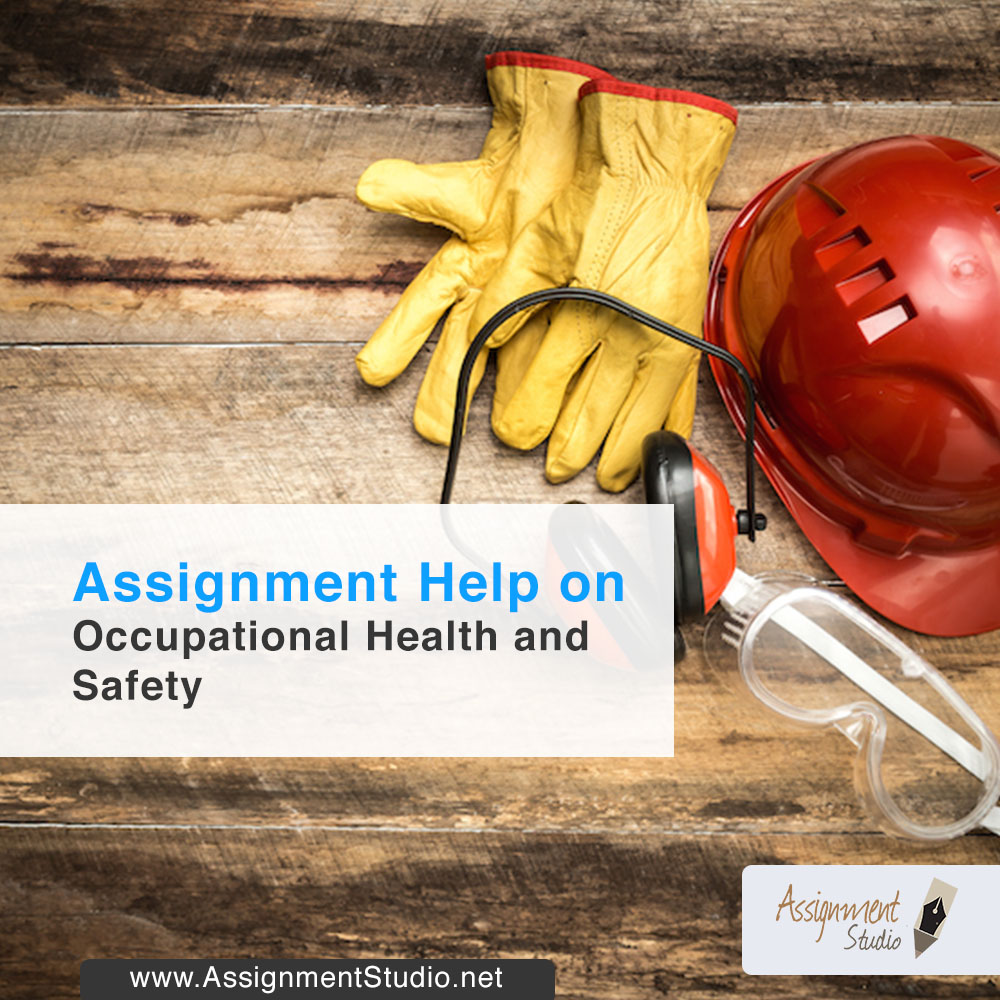Assignment Help on Occupational Health and Safety
Introduction
The Australian Industry Group, which represents many different manufacturing industries, aims to provide a harmonized and safe work environment by helping its members identify the risks within their workplace and respond to those risks by taking specific measures of compliance with the Occupational Health & Safety (OHS) legislation in their respective states. This short report presents a summary of the issues and core areas of study within the Australian OHS legislation.
Employer’s Obligation to Provide Safety
The OHS legislation lays on the employers the ultimate responsibility of providing a safe and healthy work environment to all the employees. Employers include all types of manufacturers, designers, suppliers, and occupiers. A safe environment is the one that doesn’t expose any risk to the employee or endanger his/her life. Ai Group helps its members in understanding the requirements of the OHS legislation and helping them in enforcing the law in an effective and efficient manner.
Employer’s Obligation to Assess Risks in the Work Environment
OHS obligation also lays obligation on the employers to identify the hazards in their workplace and assess the likelihood of risks that employees are exposed to being in the vicinity of the hazardous area, substance etc. Employers can identify the hazards by reviewing the nature of the work being performed, inquiring from the employees themselves, conducting safety audits, Reviewing incidences of near misses and injuries and walking through their workplace. Once hazard are identified, the employers shall assess the likelihood of the occurrence of unfortunate event causing harm or injury. Employers shall also evaluate the nature, timing and scope of the hazard and harm, along with its consequence on the business activity and people’s lives.
Employer’s Obligation to Enforce, Monitor & Review Risk Control Measures
Subsequent to identification of hazards and likelihood of their occurrence, employers are required by the OHS legislation to control the risk by employing high level and low level controls in their workplace. High level controls focus on eliminating the risk from the job by redesigning the process through engineering controls. This may include, for example, automation of the tasks that require being exposed to hazard, so that employee only monitors the activity is being done properly instead of actually undertaking it. It elimination of hazard is not possible, redesigning of process should be taken place to replace the hazardous process with a safer one. For example, by replacing the hazardous solvent with water based solvent. In case, where hazardous cannot be removed altogether, sufficient efforts should be made to ensure employee is adequately separated and safeguarded from the hazardous activity.
Low level controls are also important measures of safeguard but are secondary to the high level controls. These include administrative policies and procedures that are dependent on the human behavior and willingness to follow these controls in order to be effective. These include, for instance, wearing of personal protective equipment like helmet, gloves, hard shoes and hats; display of proper danger signs at relevant positions, and the placement of fire extinguishers etc.
Reporting of Workplace Incidents to Regulators
Employers should also conduct an investigation after the occurrence of every unfavorable incident and identify the reasons for its occurrence and the preventive controls that can be employed to stop such incidents. In case of serious incident, OHS legislation requires employers to preserve the incident scene and report its occurrence to the regulators immediately. This is essential in order to minimize then future occurrences of such incidents and shows the employers commitment towards making their workplace safer for the workers.
How Effective Employers Manage OHS Risks?
Effective employers manage the safety risks by designing an effective risk assessment process and ensuring its organization wide implementation. Specific steps taken to ensure workplace safety include:
- Establishing clear communication links to identify and report the incidents and responses thereto.
- Training staff about counteracting the risk and how to respond in emergency situations
- Arranging special training for health and safety staff, supervisors and managers
- Regularly monitor the control activities and inquire from personnel about the processes
Conclusion
The Australian Industry Group has been trying its best to educate the employers about the occupational health and safety and helping them in properly complying with the OHS legislation. The organization also looks forward to prepare the employers to adopt the Work Health and Safety Act 2011 which replaced the South Australian Occupational Health, Safety and Welfare Act 1986 on 1 January 2013.




